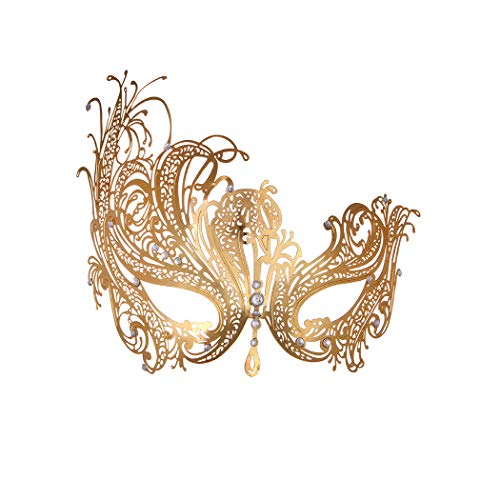 From the opulence of Renaissance Italy to the extravagant masquerades of 18th century Europe, masquerade balls have captivated the imagination with their mystique and allure. The lavish soirees, shrouded in secrecy and masked revelry, have a rich and intriguing history that spans centuries.
From the opulence of Renaissance Italy to the extravagant masquerades of 18th century Europe, masquerade balls have captivated the imagination with their mystique and allure. The lavish soirees, shrouded in secrecy and masked revelry, have a rich and intriguing history that spans centuries.
Renaissance Italy – 15th Century
The origins of masquerade balls can be traced back to 15th century Italy, where they first emereged as part of Carnival celebrations. These festivities allowed the aristocracy to momentarily shed their social contraints and indulge in a world of anonymity and fantasy. The elaborate masks worn during these events were not only a means of dusguising one’s identity but also a symbol of social equality, enabling people of different classes to interact on an equal footing.
The Venetian Splendor
By the 16th century, Venice had become synonymous with masquerade balls, which reached their pinnacle during the annual Carnival season. The city’s masked revelries attracted visitors from all over Europe, and the masquerade balls became grand spectacles held in the opulent palaces of the Venetian nobility. These lavish affairs featured extravagent costumes, intricately designed masks, and a sense of mystery and seduction. Venetian masquerades were not just entertainment; they became a social and cultural phenomenon that permeated all aspects of Venetian society.
Spread Across Europe
In the 18th century, masquerade balls fained popularity beyond Italy and spread across Europe. They became an integral part of the social calendars in cities such as Paris, London, and Vienna. The European aristocracy embraced these masked events as a means of displaying their wealth and power. Masquerades often featured live music, dancing, theatrical performances, and elaborate feasts. The allure of anonymity allowed participants to engage in flirtations, intrique, and even political discussions under the guise of their masked alter egos.
Masquerade Revival
By the 19th century, masquerade balls started to decine in popularity, as changing soical norms and political unheavals swept across Europe. The rise of the industrual Revolution and the Victorian era brought about a shift in societal values, emphasizing morality and decorum over the decadent revelries of the past. However, in the late 20th century, masquerade balls experienced a revival, thanks in part to their romanticized depiction in books and film. Today, these enchanting events are once again celebrated, allowing individuals to escape reality and indulge in a world of fantasy and mystery.
Trending Merchandise











